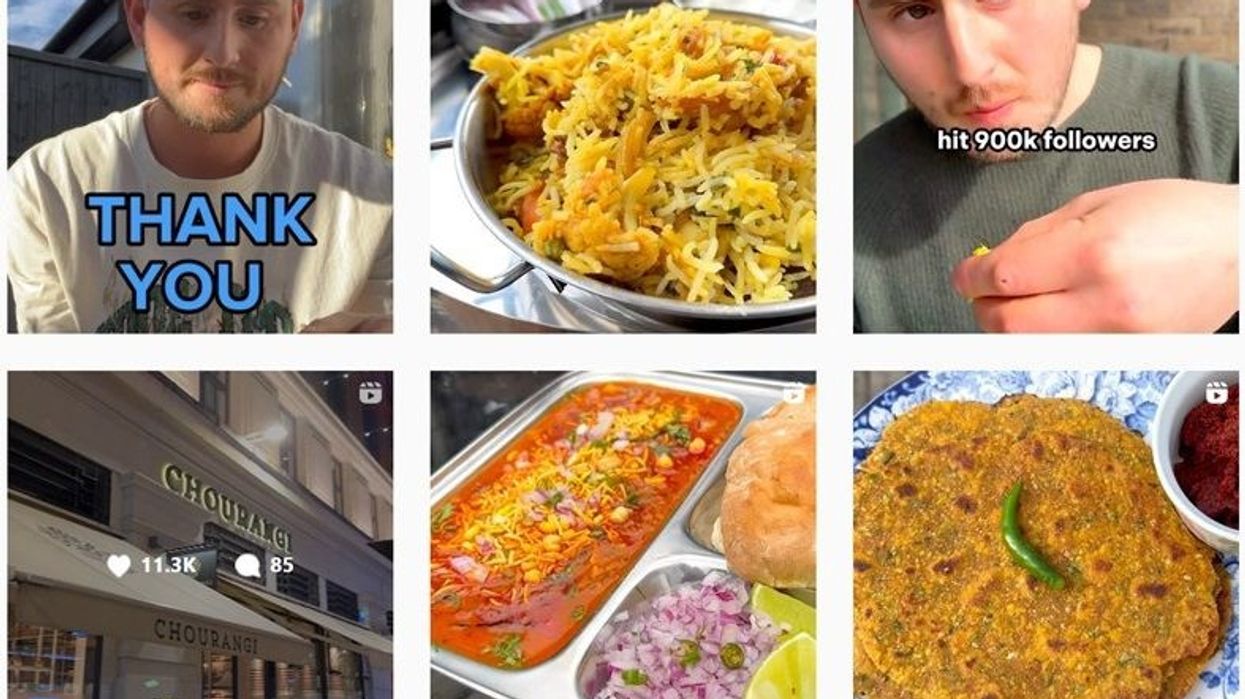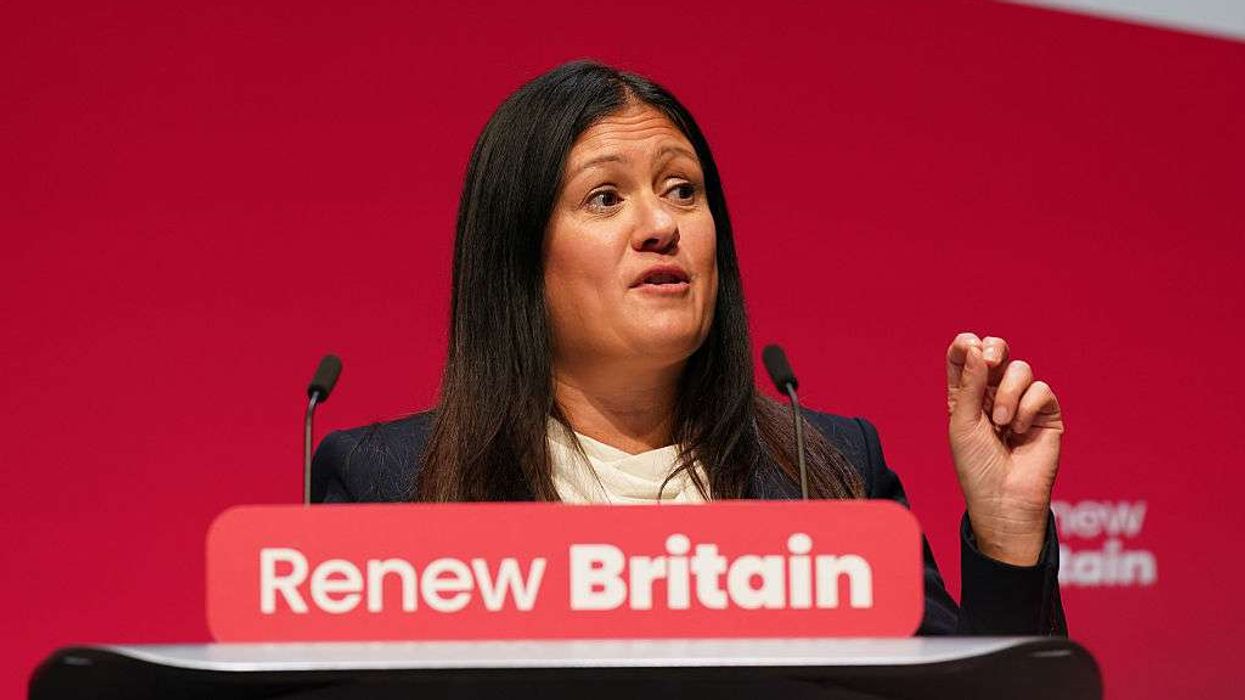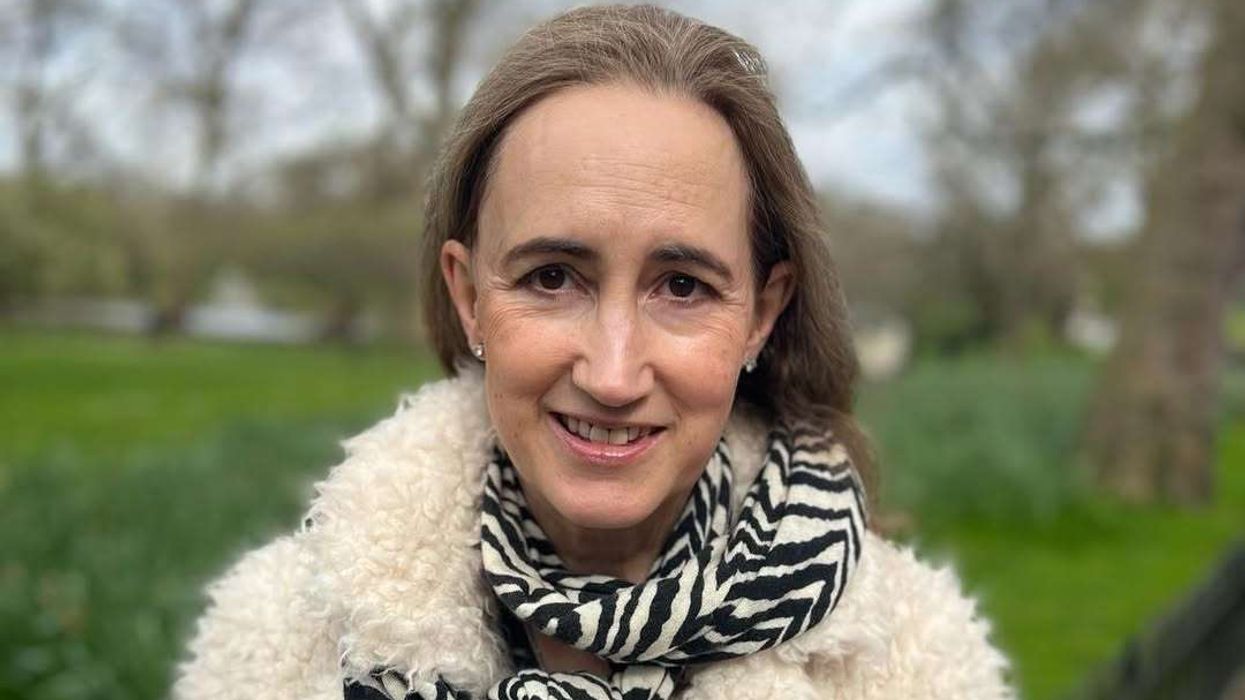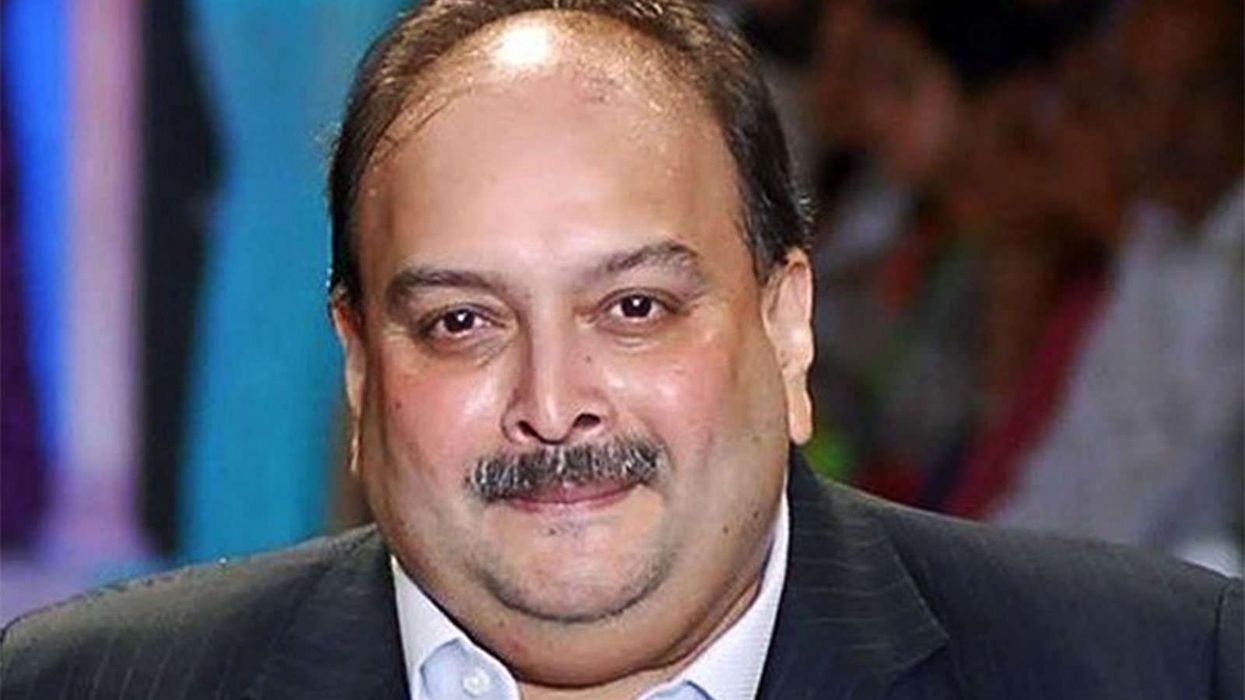Indian flavours have gained immense popularity, to the extent that foreign food bloggers now share these enticing tastes on Instagram. Among them, a British food blogger has taken it upon himself to explore the diverse regional cuisines of India.
Going by the name @plantfuture on Instagram, Jake Dryan has devoted his profile to immersing himself in Indian cuisine and experimenting with various recipes.
A resident of London, Dryan, a renowned chef, has garnered widespread attention through his endeavour to delve into different regional recipes as part of a weekly series that covers the culinary traditions of various Indian states.
His Instagram page showcases his gastronomic journey, where he states his ambition of creating dishes from every Indian state.
With 13 states already covered, Dryan started the weekly series in August last year and has since showcased the flavours of the states of Gujarat, Punjab, Rajasthan, Maharashtra, Andhra Pradesh, Telangana, and Kerala.
As the plant-based food movement gains momentum, more individuals are recognising the benefits it offers, not only for the environment but also for our physical health.
As the momentum of the plant-based food movement grows, more individuals are recognizing its environmental and health benefits. Indian cuisine, with its abundant vegetarian and vegan options, has found a special place in the hearts of cooks worldwide. Dryan, a true connoisseur, embodies this affinity.
In one of his Instagram videos, he confesses that if he were to pick a favourite cuisine, it would undoubtedly be Indian. His love affair with Indian food began at a tender age, when he would visit his Gujarati friends' homes and savour the family's authentic cooking.
Dryan has set forth on a remarkable mission to prepare dishes from all 29 Indian states. Along the way, he has treated his audience to an array of culinary delights, including the delectable dubki wale aloo from Uttar Pradesh, mouthwatering aloo tikki chaat, tantalising Banarsi tamatar ki chaat, zesty chithranna (lemon rice), delightful Mysore bonda, comforting Bisibele bath, aromatic Methi theplas, tempting Misal pav, flavourful veg biryani, luscious semiya payasam, and refreshing pannakam, a traditional South Indian drink.
Dryan showcases his culinary creations through captivating videos on his official Instagram handle. In no time, his videos have amassed millions of views and garnered thousands of likes. Indian food enthusiasts rejoice in Dryan's regional masterpieces, expressing their admiration and gratitude in the comments section of his posts.
"You are an amazing chef! A westerner who has already explored and adored our cuisine by passionately learning, cooking, and cherishing our food," praises one viewer.
Another suggests, "You should consider opening a restaurant in India."
Dryan's videos have sparked enthusiasm and appreciation among viewers, who celebrate the fact that his content sheds light on the vastness and diversity of Indian cuisine beyond popular stereotypes.
“The best part about the videos is that it shows the world that Indian food is much more than Tikka masala, butter chicken and naan and vegetarian food is much more than peas and lettuce” exclaims an excited commenter.
To many Indians, Dryan has become an inspiration, igniting admiration for his passion and dedication in exploring different cuisines.
“I just love your passion for food and for going that extra mile to try out different cuisines. By sharing this, you are increasing the respect and love for Indian food. Thank you for making these videos” expresses a grateful viewer.












